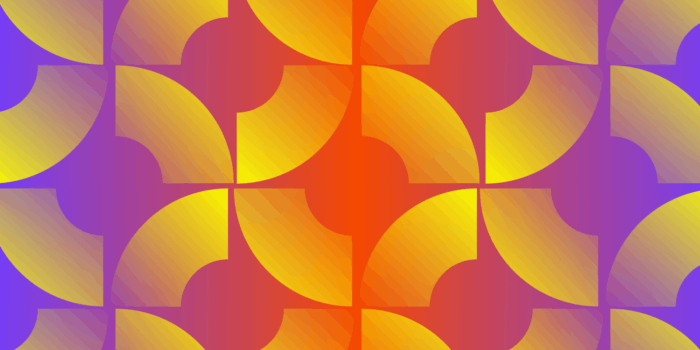Design challenges are becoming increasingly complex, often requiring more nuanced and sophisticated approaches than a one-size-fits-all solution. This article explores how systems thinking can enhance design processes, ultimately leading to solutions that are not just effective but also sustainable in the long run. Whether you’re a designer eager to integrate deeper problem-solving methods, or just looking to refine your approach to tackle complex challenges, this article offers insights to help you push your work to the next level.
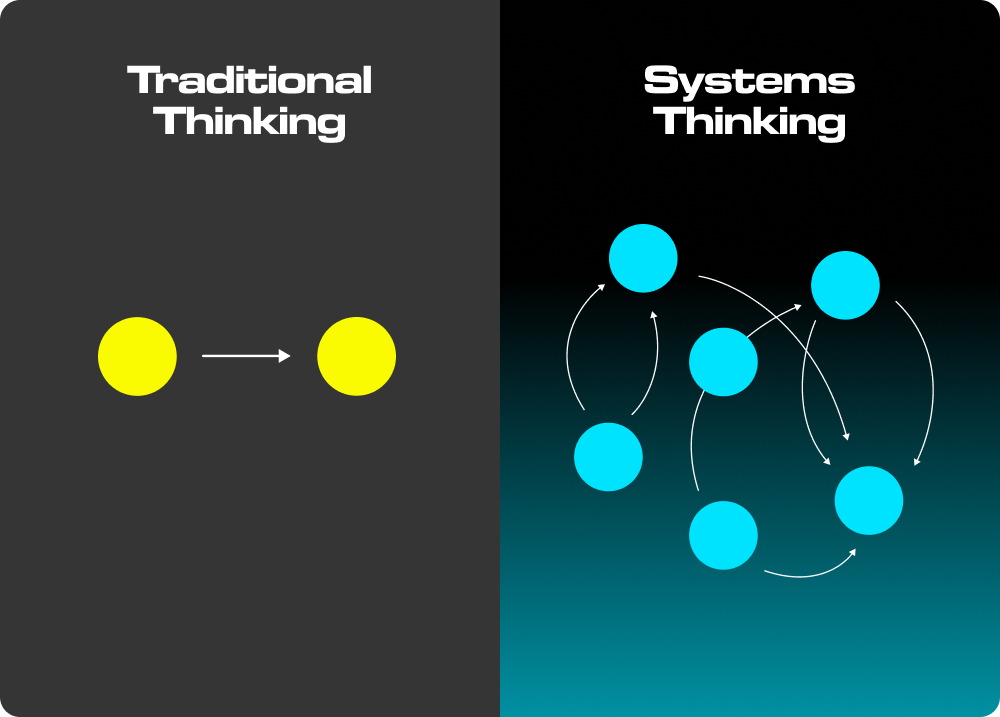
What Is Systems Thinking?
Systems thinking is the approach to analyzing complex problems through all of the variables and root causes that might affect the central issue. In other words, this type of thinking allows you to focus on the context and factors affecting the central issue at hand in addition to the issue itself. The concept of systems thinking was pioneered by Professor Jay W. Forrester, a key figure in the field of systems dynamics. Forrester’s work laid the foundation for understanding how various components of a system interact over time, making it possible to address intricate challenges such as environmental degradation and global hunger.
Systems thinking is more relevant than ever as we face increasingly complex issues. The need for a more nuanced approach to problem-solving has become increasingly important as traditional methods often fall short when dealing with more complicated problems. Additionally, systems thinking typically yields preventative solutions as they force people to think about solving the deeper root issue, instead of putting a band-aid over an issue and creating temporary solutions.
Although it is essential to understand the context of any issue you’re trying to understand or solve, this umbrella understanding is easier said than done. A great example of this is climate change and environmental policy. For instance, a quick solution to pollution might be to pass stricter laws and regulations While this could yield short-term benefits, it doesn’t address the root causes, such as unsustainable production practices and consumer behavior. Systems thinking would involve analyzing the entire ecosystem, from raw material extraction to waste management, to develop comprehensive strategies that promote long-term environmental sustainability at every touchpoint of the process.
The Importance of Systems Thinking in Design
By understanding the interdependencies that affect a central issue, designers can create more effective interventions that address the root causes of the problem, rather than just alleviating its symptoms. Don Norman, a thought leader in design, advocates for moving beyond simple cause-effect relationships. He emphasizes the need to identify and address the root causes of problems to find sustainable solutions. According to Norman, systems thinking is crucial for designers because it enables them to see the bigger picture and consider the long-term impact of their designs.
Systems thinking goes hand-in-hand with the human-centered design process, which puts people at the forefront of the design and development process. In human-centered design processes, designers integrate the community or key stakeholders into their design process at the start, to make sure that diverse voices are being heard, ensuring that the product is specific to the community and people that it will be affecting. Taking a systems thinking approach encourages designers to engage at a deeper level with the people and environment surrounding the central issue. Although this should be the baseline of all design processes, factors such as budget, community engagement, and tight timelines make this process more difficult to implement.
Key Methods in Systems Thinking
Understanding and applying systems thinking in design involves various methods that dig deeper into the root causes of issues and foster collaborative problem-solving. There are three key methods: the 5 Why’s, community collaboration, and causal loops that can easily allow you to dig deeper and think more critically.
The 5 Why’s Method
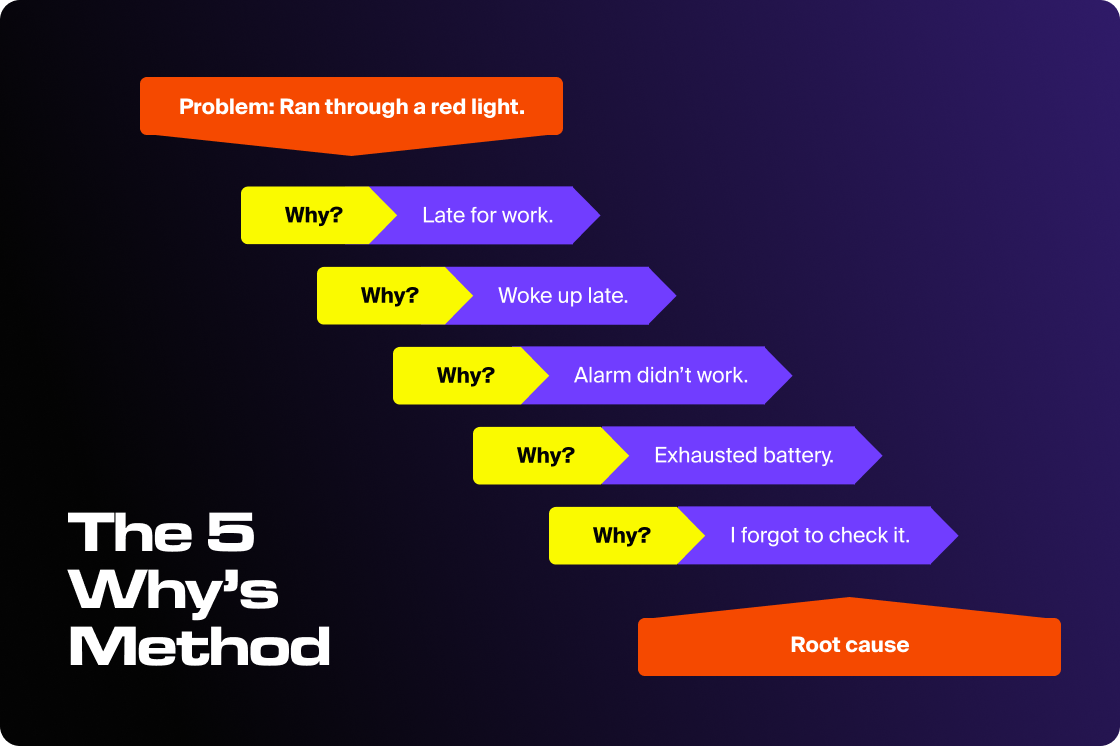
The 5 Why’s method is a straightforward but powerful technique for identifying the root causes of problems. By repeatedly asking “why” (typically five times), designers can move past superficial symptoms and uncover underlying issues. Although the scale of issues might grow exponentially, that is okay and encouraged, since we need to look at the larger context, no matter the scale.
For example, if a user interface is confusing, asking “why” multiple times might reveal that the problem stems from larger inconsistencies. Perhaps the confusion with the interface is due to not following brand guidelines, which in turn might be due to a lack of proper documentation or training on the design system. This method transcends the actual interface and considers the people and process behind it, ensuring that solutions address the core problem rather than just its symptoms.
Community Collaboration
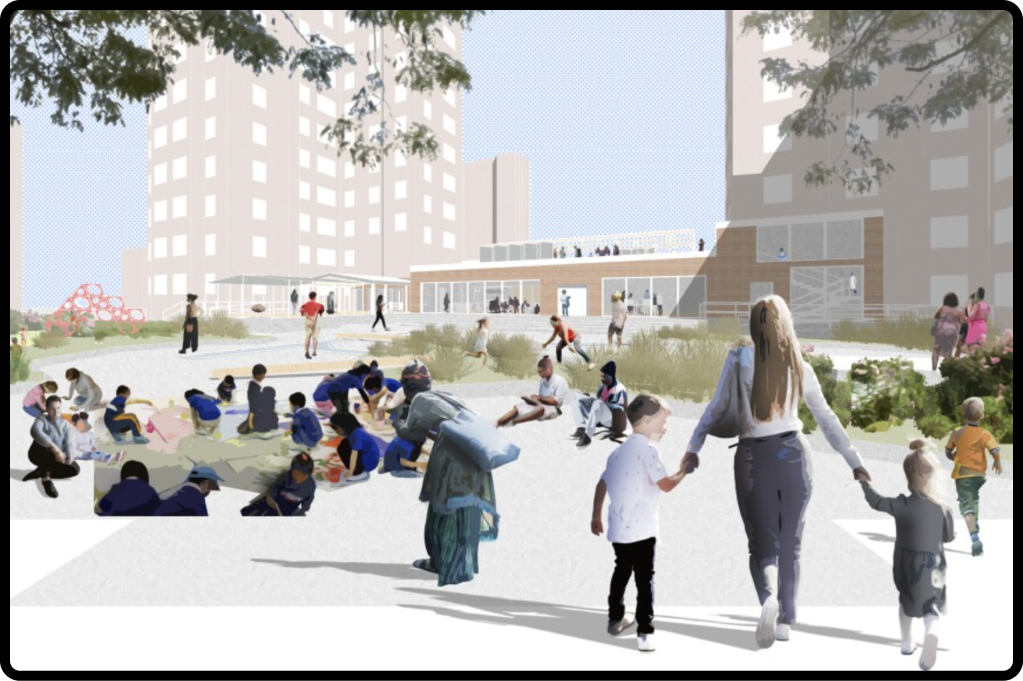
The process of involving stakeholders and community members in the design process is crucial for effective solutions. Community collaboration brings diverse perspectives and insights, helping to identify real needs and potential pitfalls that designers might overlook.
For instance, when designing an urban park, engaging local residents can reveal specific requirements, such as the need for wheelchair-accessible paths or areas for children’s activities. This collaborative approach not only fosters a sense of ownership among community members but also leads to more sustainable and user-centric designs.
Causal Loops
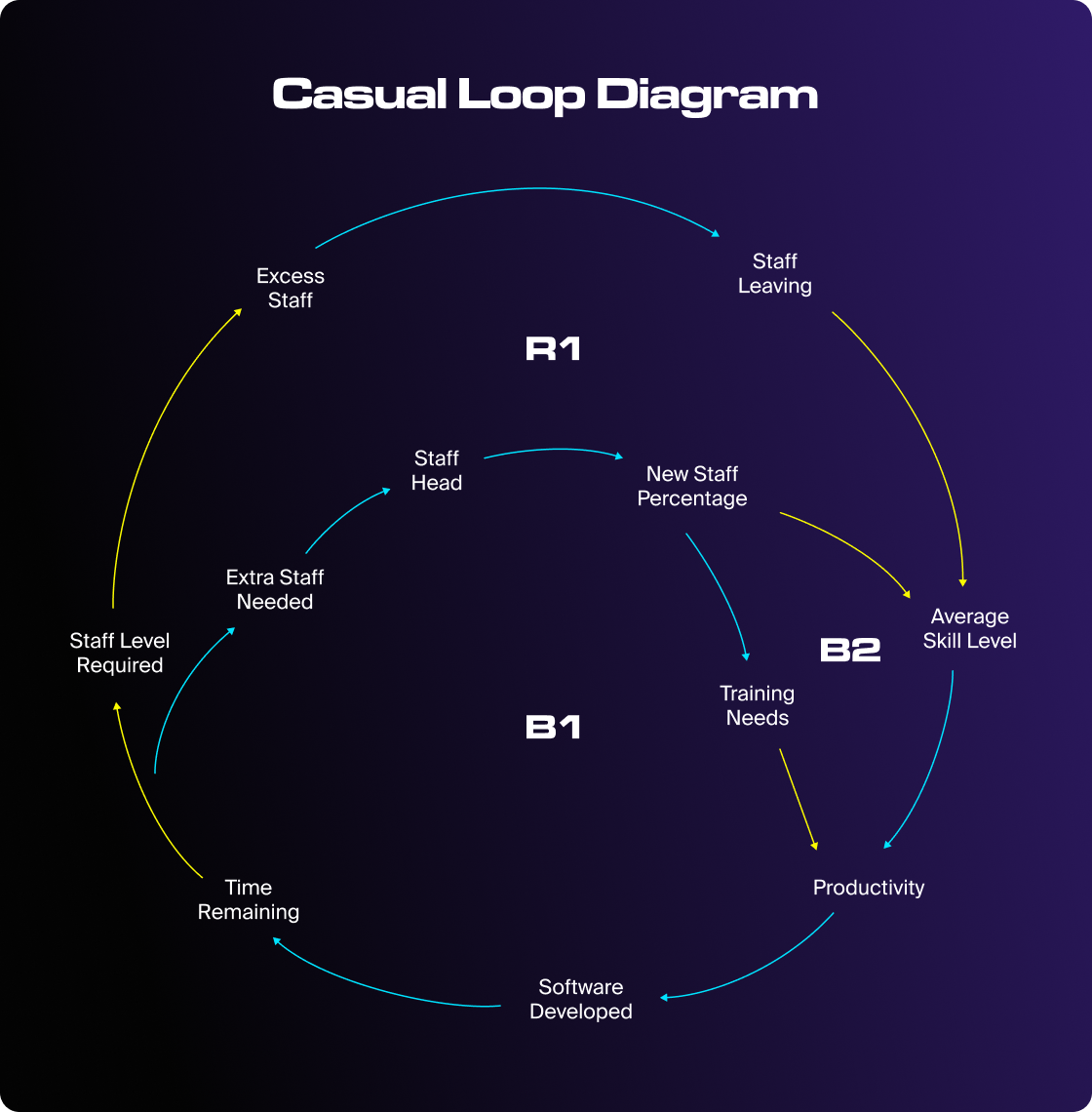
Causal loops are diagrams that help visualize the variables that affect each other over and over. They illustrate how different elements of a system influence each other, either reinforcing or balancing certain behaviors. By mapping out these relationships, designers can identify barriers and unhealthy patterns that might be hidden beneath the surface.
When looking at a company, a causal loop might reveal that high employee turnover is linked to inadequate training programs, which then affects productivity and morale, affecting high employee turnover again. Addressing these interconnected issues holistically can lead to more effective and sustainable solutions.
Incorporating these methods into your design process not only enhances problem-solving but also promotes a deeper understanding of the complex systems we operate within. By leveraging the 5 Why’s, fostering community collaboration, and utilizing causal loops, designers can create solutions that are both innovative and enduring.
Incorporating Systems Thinking Into the Design Process
Combining systems thinking with design thinking can be a game-changer for designers tackling complex problems. While systems thinking emphasizes the interconnectedness and wholeness of systems, design thinking hones in on the needs and experiences of users. By merging these approaches, designers can create solutions that are both innovative and sustainable.
For graphic designers, who often work to create visuals that are engaging and appropriate to specific audiences, incorporating system thinking in your process will bring you to the next level. For instance, when designing a branding system, instead of picking colors based on personal preference, think about your target audience or the context of the branding. Say you are designing for a hospital, you might first start with a blue color palette since that is common for healthcare brands and hospitals. If you dig deeper and engage with your target audience, you might discover that patients want to feel a sense of comfort in addition to the safety and trustworthiness that the hospital’s blue colors might provide. Lastly, you might also discover that your audience is primarily aged 65+ and shift the color palette around for higher contrast, helping visibility for older audiences. Generally, before coming to any conclusions, ask questions and consider the context of a design request in your process.
For UX designers, who design digital interfaces, try to incorporate systems thinking early in your design process. In all great UX design processes, there is typically a time for usability testing like AB testing after a prototype has been completed. However, a better way to solve deeper problems is to ask the user what could be improved before you even start designing. What if they share valuable insight that changes your entire prototype before you make it? What if there is a bigger need to solve this entirely?
For experiential designers who design physical processes that we interact with daily, human-centered design should be an important step of your process already, but consider what other factors might interact with the challenge you are designing for. Does policy, environmental issues, accessibility, or even bias affect the process you are designing? What else can you consider as a factor in your process?
If you’re a designer, consider integrating systems thinking into your practice. It’s about more than just solving immediate issues; it’s about creating solutions that stand the test of time and make a real difference. Instead of prioritizing creating, shift your mindset to understanding and solving on a deeper level.





